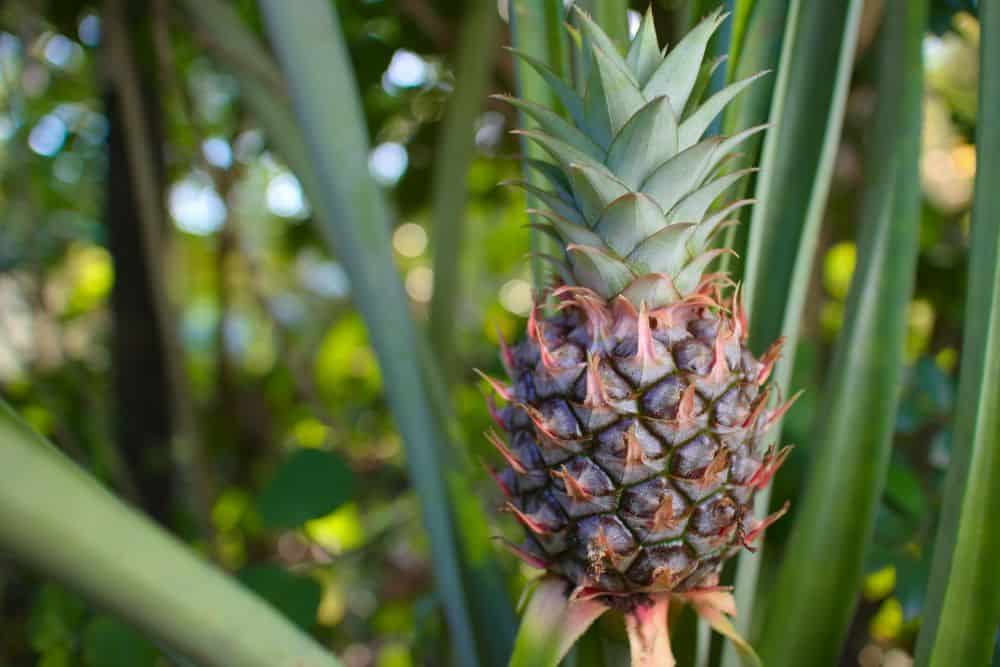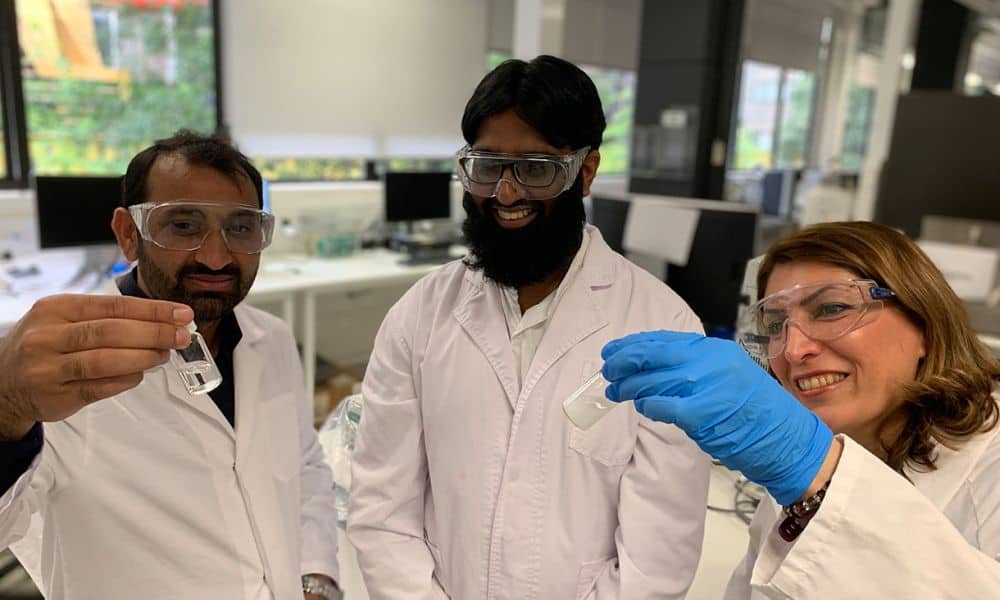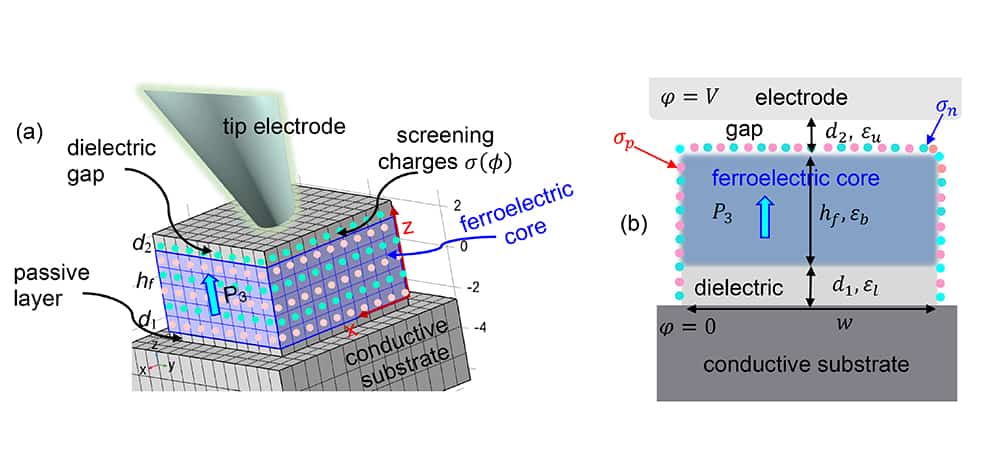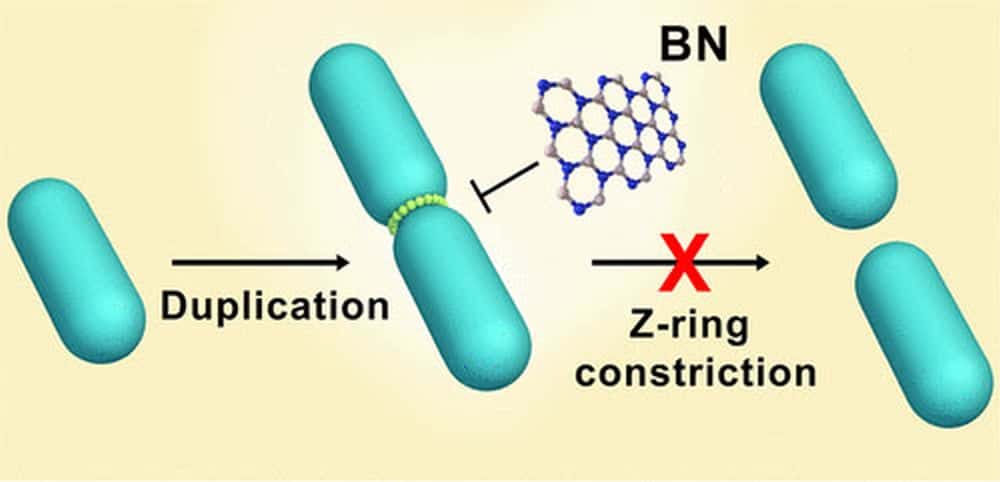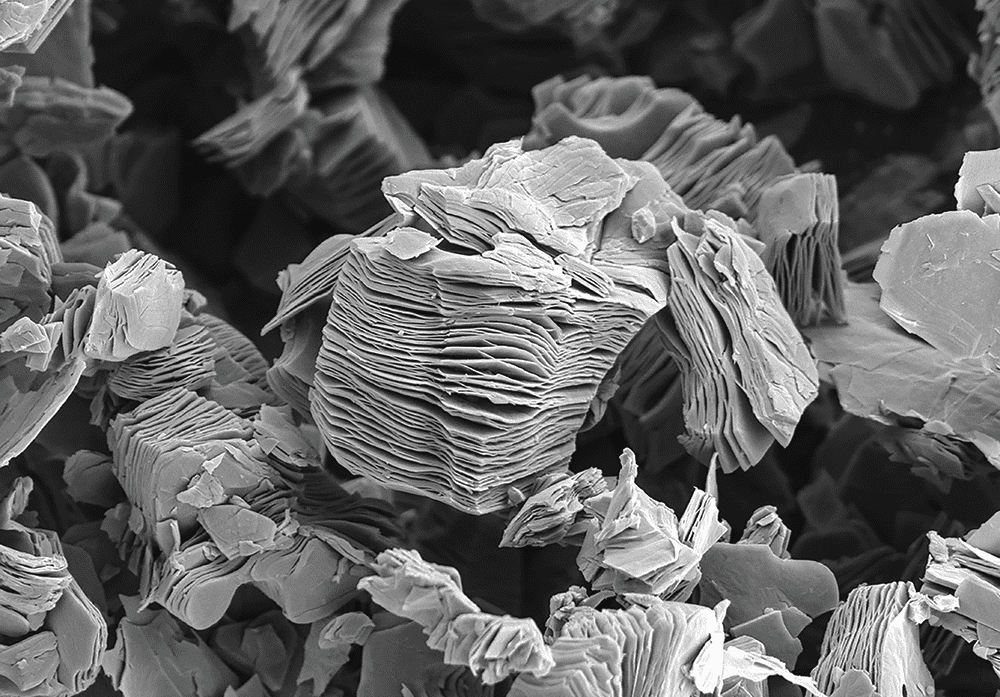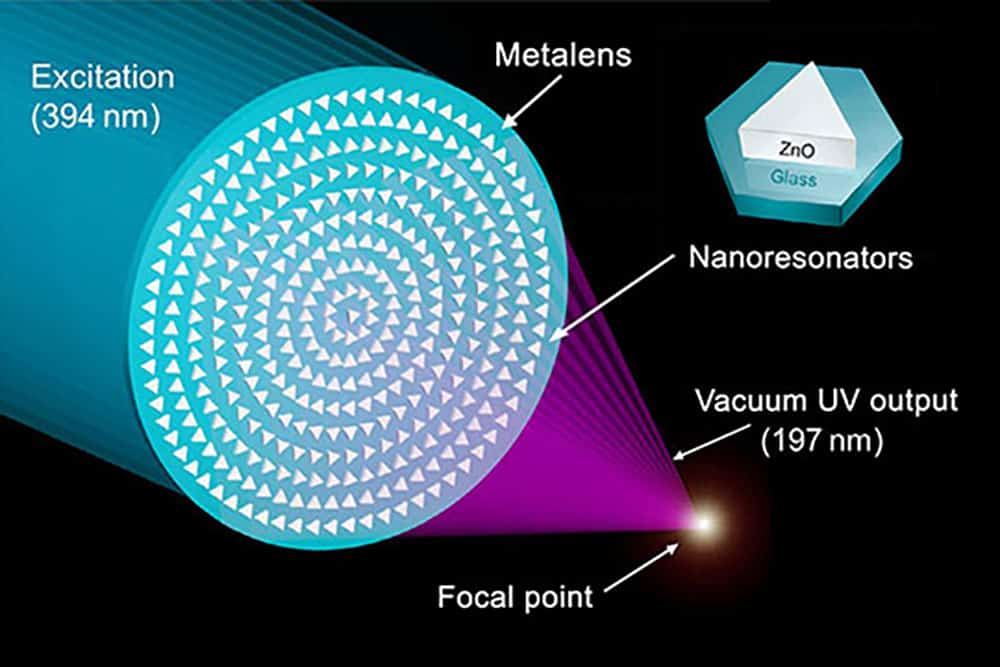Sunburn in fruits and fruiting vegetables is a big concern for farmers because it affects the food’s marketability. Researchers in Brazil tested the potential of spray-on calcium carbonate nanoparticles to protect pineapples from sunburn.
Read MoreDetermining when to seek help for mental stress can be difficult. However, the recent identification of discernible odor substances that emanate from the skin during emotional tension may offer a way to quantifiably measure mental stress. Two researchers in Japan propose nanosheet-type tin oxides could be used as gas sensors to detect these substances.
Read MoreHeavy metal contamination in aquatic ecosystems can lead to negative effects on human health. In a recent paper, researchers from Drexel University and Temple University developed a simple one-step method to fabricate functionalized Ti3C2Tx MXene for mercury removal from water.
Read MoreIn the past decade, computational research has dominated over experimental studies of boron nanomaterials. A recent open-access paper contributes a new addition to the experimental literature by demonstrating that double-pulse laser ablation can be used to synthesize boron nanorods, nanowires, and nanotubes.
Read MoreThere still is much to learn about how surface-charge dynamics influence the behavior of ferroelectric materials. In a recent open-access paper, researchers from the United States and Ukraine used finite element modeling to map these dynamics for ferroelectric nanoparticle dispersions.
Read MoreSome materials being investigated for use as antimicrobial agents face the limitation that they cannot tell the difference between bacteria and mammalian cells. Researchers led by Soochow University found boron nitride nanosheets do not face this limitation.
Read MoreMany of the world’s easily accessible freshwater sources are being drained faster than they are being replenished. In two recent papers, researchers led by Jilin University investigated the potential of a clay-based self-propelling nanomotor to purify water.
Read MoreThe June/July 2022 issue of the ACerS Bulletin—featuring MXenes and student perspectives on hope—is now available online. Plus—new C&GM.
Read More
